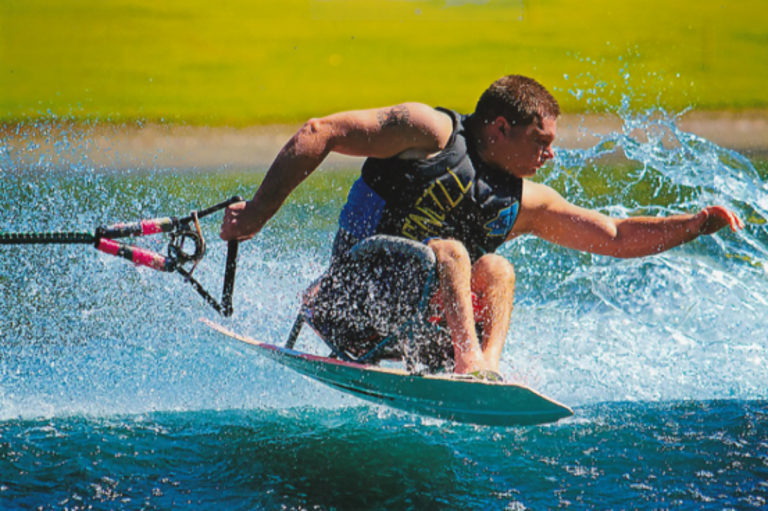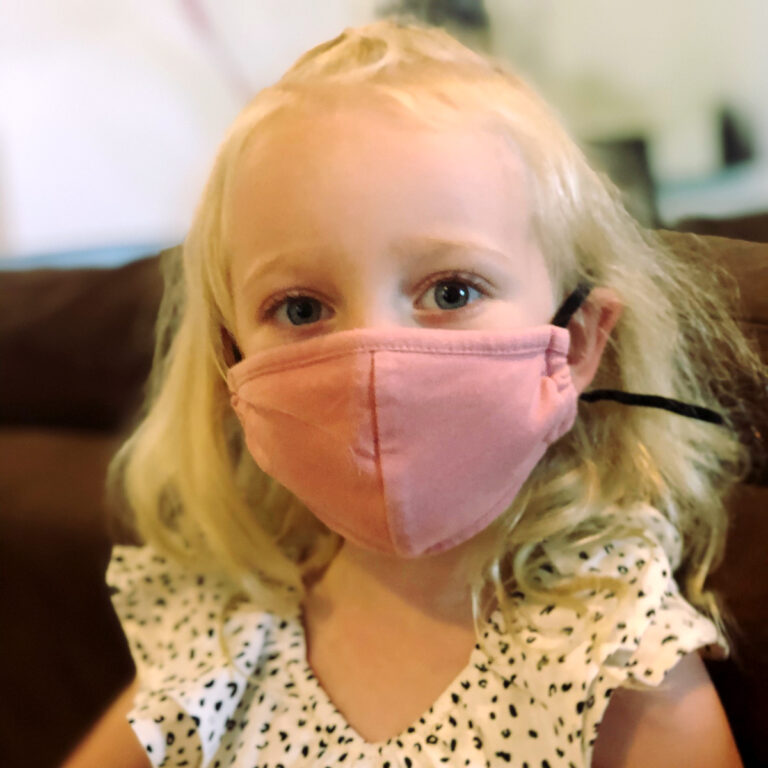Coco the Wonder Boy – Raising the Bar
Introduction by Bob Doman
First the Vision, Then the Plan, and Then the Implementation
 Most real successes begin with a vision, a vision that defines what we want to achieve. One would hope that we are all directed by and driven by a vision of what can be for us as individuals, for our children, and even for our communities, our nation, and the world. Having a vision, a direction, and hopefully a map to help us realize that vision, followed by conscientious implementation of the plan, determines the ultimate outcome.
Most real successes begin with a vision, a vision that defines what we want to achieve. One would hope that we are all directed by and driven by a vision of what can be for us as individuals, for our children, and even for our communities, our nation, and the world. Having a vision, a direction, and hopefully a map to help us realize that vision, followed by conscientious implementation of the plan, determines the ultimate outcome.
For many, if not most, parents who have children with developmental issues, the world tends to make it extremely difficult to create an optimistic vision of what can be. Read virtually any psychological report on any child and you discover nothing more than an almost endless list of labeled “diseases,” issues, and problems, a disaster described in minute detail in ten thousand words, that ends without anything concrete that is going to make a difference. It’s difficult for virtually any parent who listens to the experts to believe there is any real hope, let alone a real plan to achieve anything close to an optimistic outcome. Make the diagnosis, attach the label, follow the “plan,” create no vision, and accept the outcome. Forget that your child has never existed before, that you who lives and works with your child every day have never existed before, and that your child’s future cannot nor should not be dictated by historic failures with “similar” children.
Limited or pessimistic visions of what can be are by no means limited to the special needs community. Virtually our entire educational system ignores the very tenants of neuroplasticity and the ability to build processing power—short term memory, working memory, executive function, and neurological/cognitive efficiency. The educational system functions like a NASCAR racing team given a stock engine who does nothing to actually build the horsepower of that engine, yet feels they are doing their job if they just run their car around the track. They certainly would consistently finish last, except for the fact that they would have been laughed off the track. But “education” continues to almost universally ignore the science and attempts to pour information into children’s brains without doing anything to really develop the brain. The reality is that it’s easier to increase a child’s horsepower than it is a Ford’s.
Realizing that it’s difficult for any parent to create and maintain a vision that is strong enough to sustain daily adherence to a plan and provide the strength of intention to keep moving forward, it’s fortunate that we have families like the Manoles to show us what can be. In a previous newsletter you read about Razvan and Christiana Manole, who had a vision for what they could be and how through dedicated use of our Simply Smarter program dramatically developed their processing skills. Their newfound processing skills helped them formulate a new vision and implement a drastic plan for their son Cosmin, aka Coco. This family, realizing the limited opportunities and prejudices that existed in their ancestral country of Romania toward children with developmental problems, formulated a new bold vision and moved to Ireland, a new country with a new language.
The Manole’s vision and plan for Coco is being realized. Razvan’s story and Coco’s video should be an inspiration for parents of children with disabilities and typical children alike.
Where any of us ultimately functions is not predetermined by what we were born with, but by the stimulation and opportunities that are afforded to us. Those opportunities are in large part dictated by the vision. Limit the vision, limit the perception of what can be, and we limit our expectations, the opportunities, and our futures.
Create a new vision of what could be, what should be, and what will be.
If you watch the video accompanying the following article and are not inspired, please watch it again.
Note: For those new to NACD who may not be aware of processing, short-term and working memory, forward digit spans are a simple measurement of short-term memory and reverse digit spans of working memory, which is now appropriately being called the new IQ. Forward digit spans for a typical four year old are 3-4 digits and reverse 2 digits. A typical adult has forward digit spans that are about a 7 on average and 5 reverse. These processing skills determine how much you take in of what you see and hear and the complexity of your ability to think- your cognitive function. It is very important.
Coco the Wonder Boy – Raising the Bar
by Razvan Manole
I would like to share a little story with you, hoping to encourage you or motivate you a little bit!
At this point, Coco processes 10 digits on auditory and visual forward and 9 reverse. I’m sure everyone in NACD knows what that means and how great this accomplishment is. How is it possible that a child with brain damage, at four and a half years old, has gotten this far? The answer is NACD and a lot of work.
Before we started the program, in 2016, Cosmin was more of a body at almost two years of age. He could process zero. After two weeks of the program, he could follow one step directions. That was at the end of July. In November he could process 3-4 directions. From there we focused on mobility and tactility as well as fine motor skills and vision. NACD works with the whole child so as these various functions and pieces are ready to improve, we work to improve them.
Probably like many of you, I have all kinds of questions like, “When will he walk, or when will he speak? When he will go to school alone? Can he do that?”
My biggest concern is about mobility. I have to work so hard for something most kids have without any effort and no one at all even appreciates it! In the desire to understand what is happening in my child’s head, I studied and studied all that is related to the brain. Last year I discovered a brain researcher’s story and it really helped me understand my son’s situation. After having had a stroke, this scientist practically lost all of her processing and became a body, processing zero. While she sat on a couch without moving, salivating and not understanding anything that was happening around her, she was happy and did not care. After reading the book she wrote, I realized that our children do not have our desires or our passions, our ideals and our goals. They don’t function with our goals or desire achievements that we want for them. This is all because they do not think with complexity until their processing is higher.
Then I said, “There is no point for me to want my son to walk if he does not want it! And how is it possible for him to want that? It’s not something that he had and lost. He never walked and does not feel the lack of walking, as I do not feel the lack of artistic skating. I’m not skating, I have no passion for that. I do not want to skate. Do you think I have a chance to become a skater?” And then I realized I should teach him to love to walk, to teach him what it means to walk, and what benefits he would have to be able to move independently. To understand my plan for him, he needed to be very smart. Last year, I believe it was in February, I started to be aggressive with the cognitive part of the program. From 4-5 auditory forward, we have reached 8 and 6-7 reverse. Now he is so aware. He understands what I am requesting of him, speaks Romanian and English, socializes, does not have tantrums. He is grateful, happy all the time. Walking is not easy to accomplish. There are many steps, but with much work and patience, we will get there too.
Probably you are not far away from us and you are struck by the distrust of family, friends, specialists, neighbors. No one has ever seen potential in my child except for NACD and us, his parents. It’s hard to keep a clear vision when you have unbelieving people around you. That’s why I wanted to write to you today! Keep your trust. My baby was just a body 3 years ago that could process zero. Slowly, together with Mr. Bob and Ms. Ellen, we woke him up and raised him way over the children of his age. If Coco can do it, all the children can! Trust yourself and your children! Good luck!
Reprinted by permission of The NACD Foundation, Volume 32 No. 5, 2019 ©NACD




